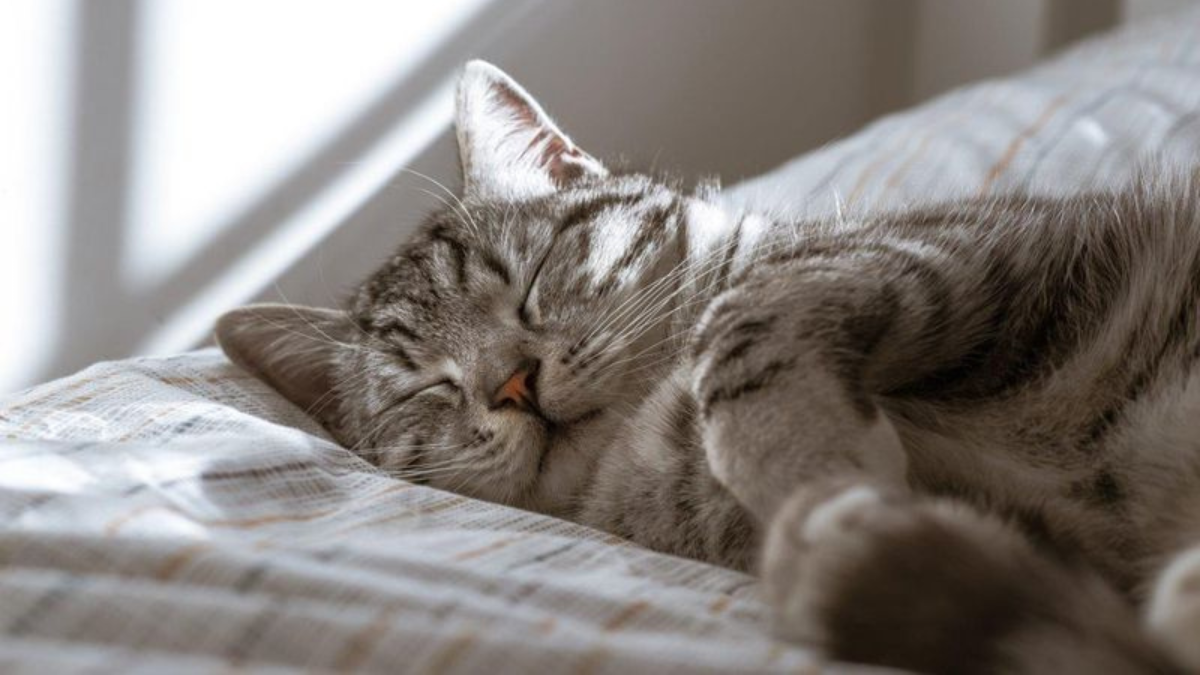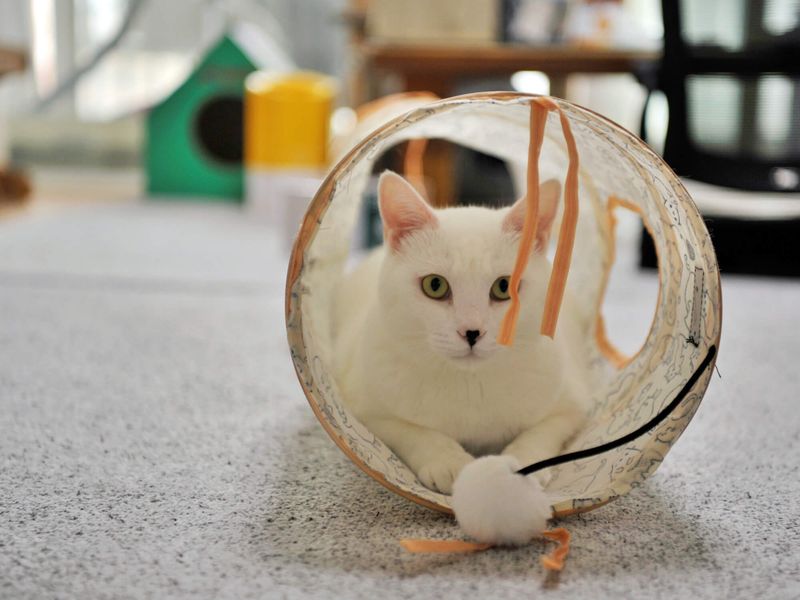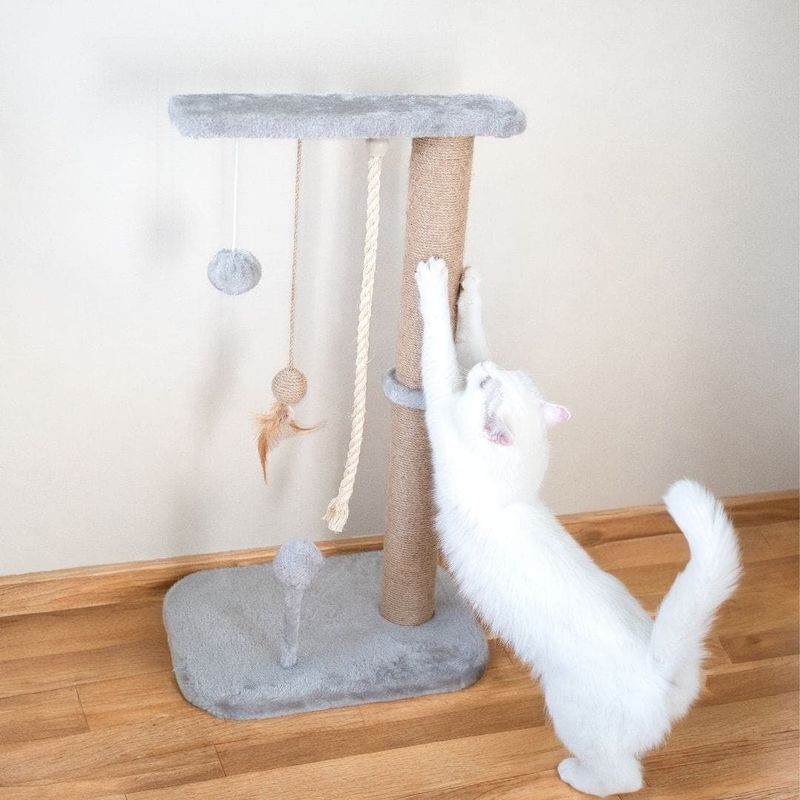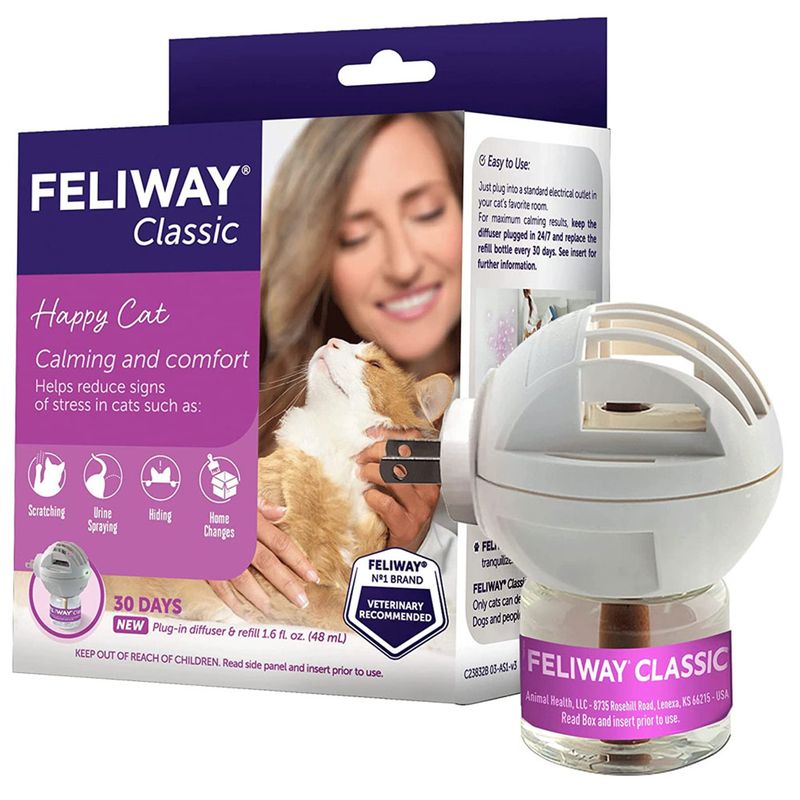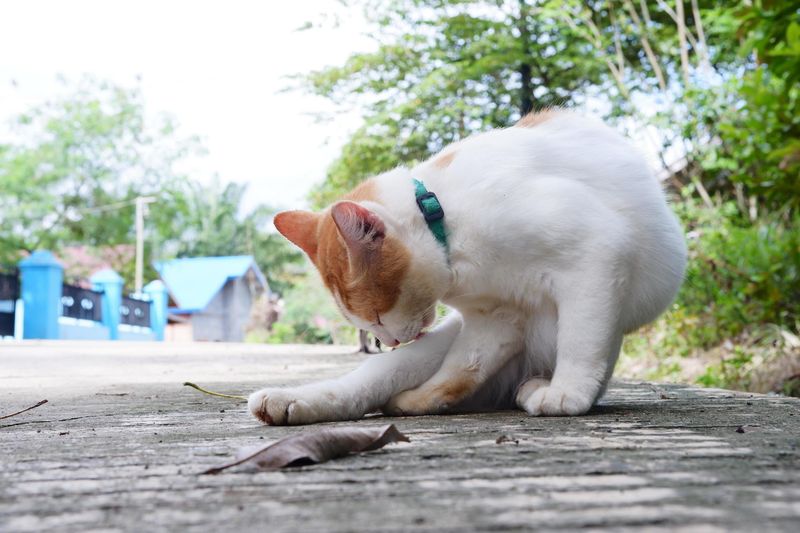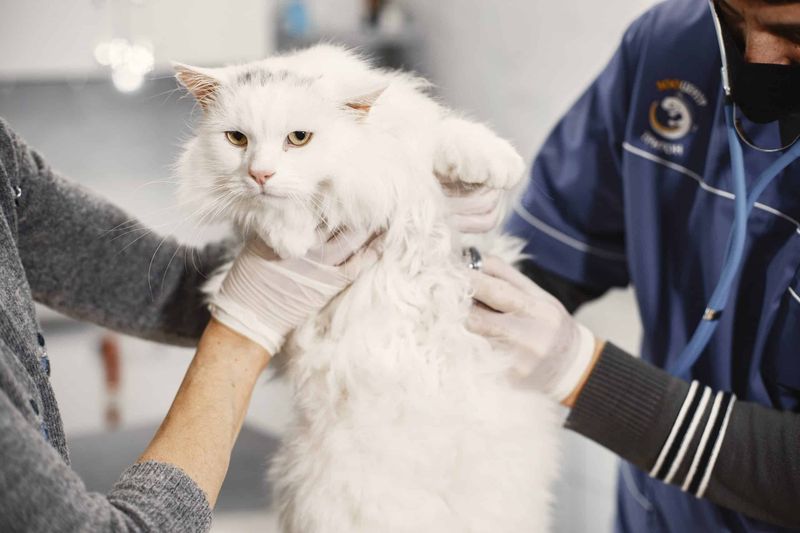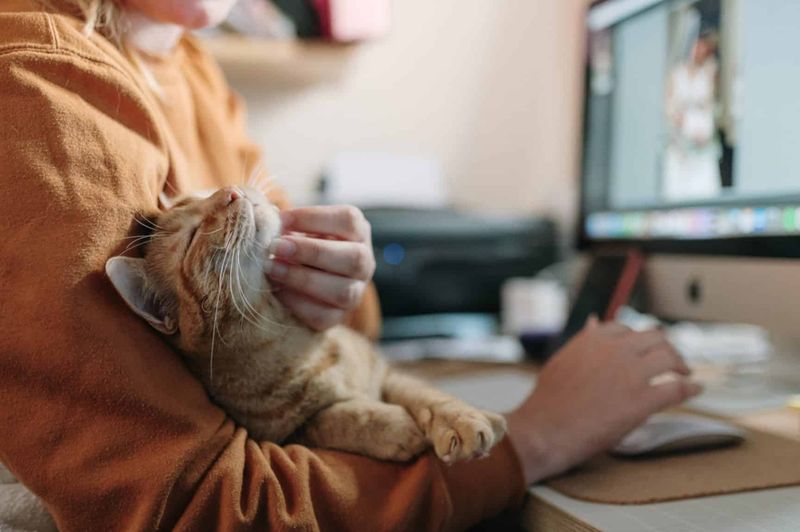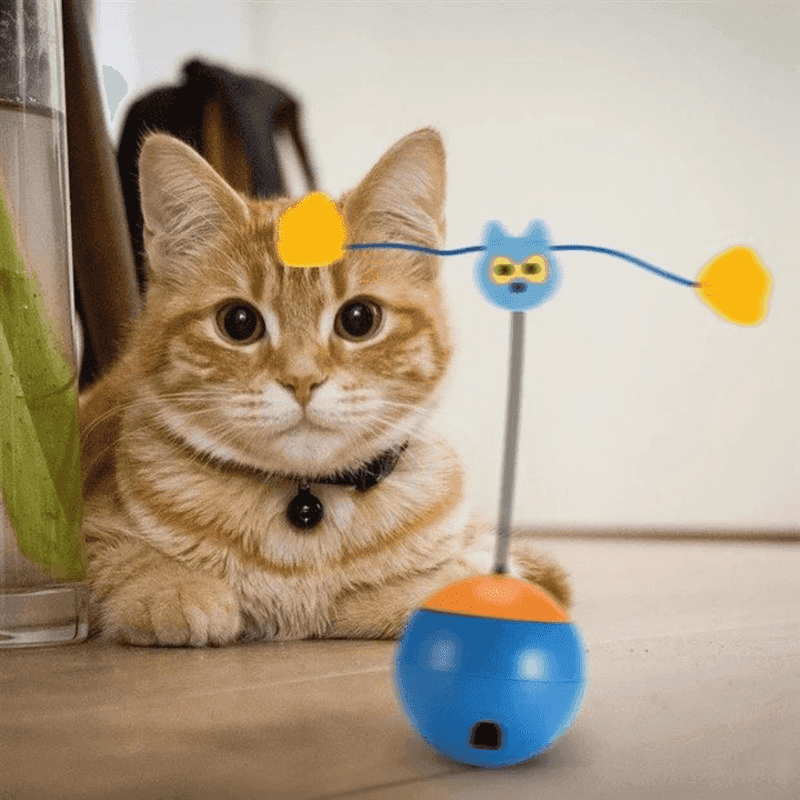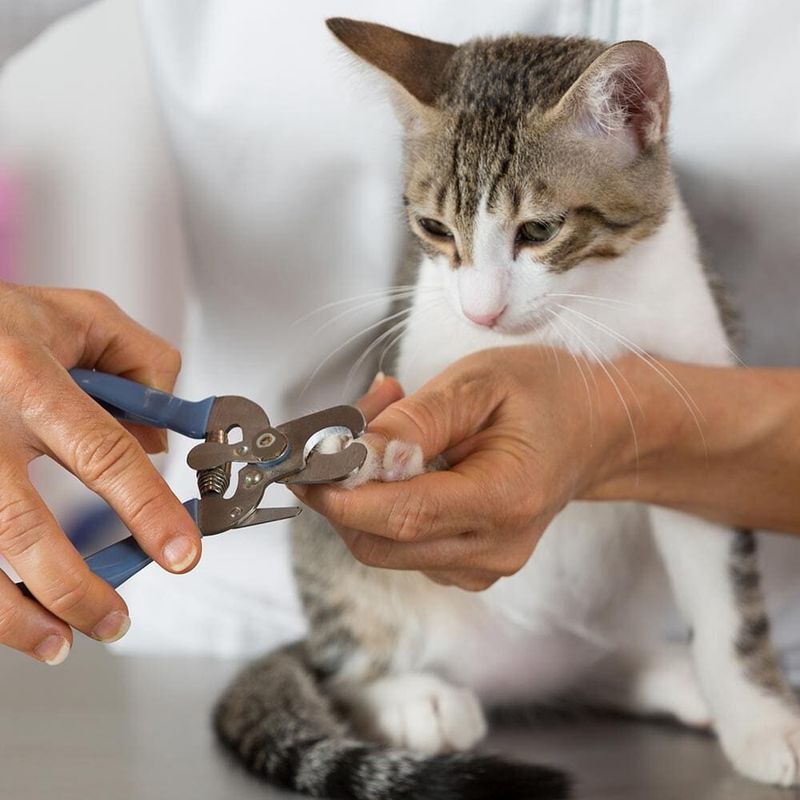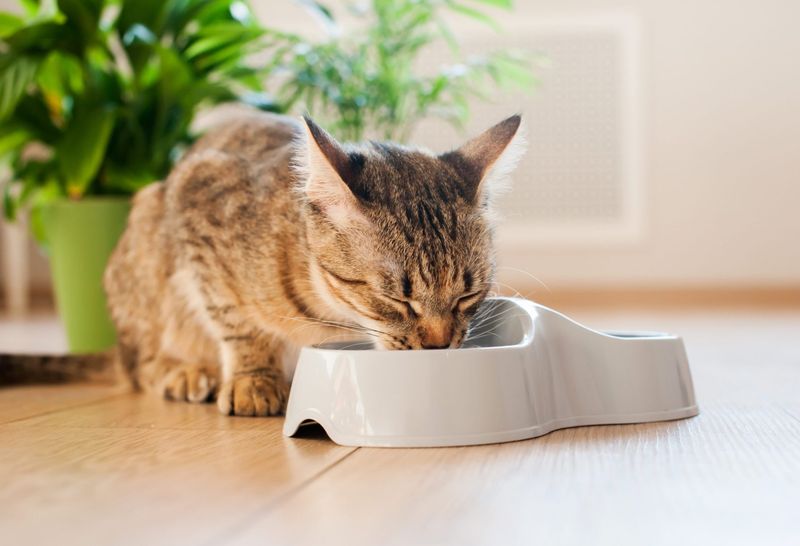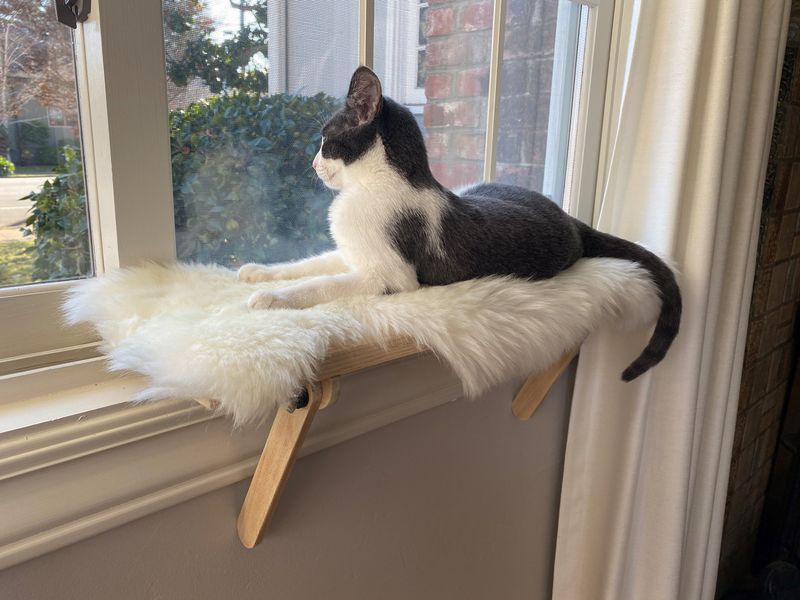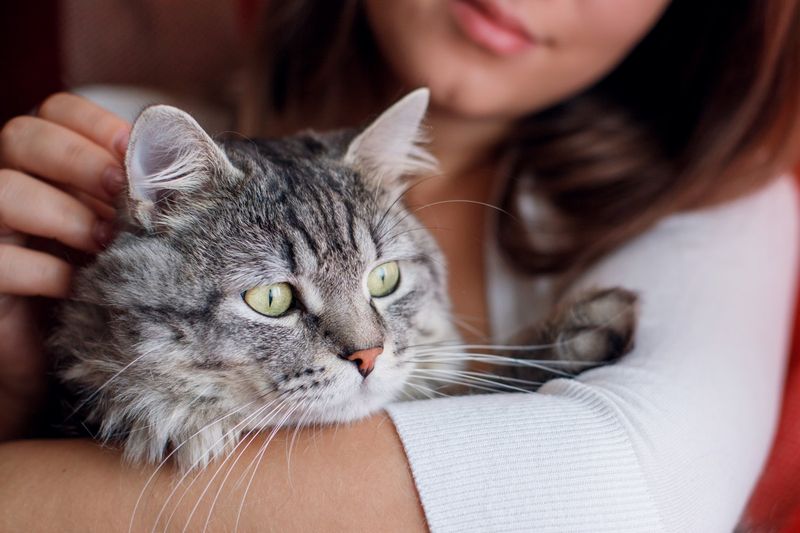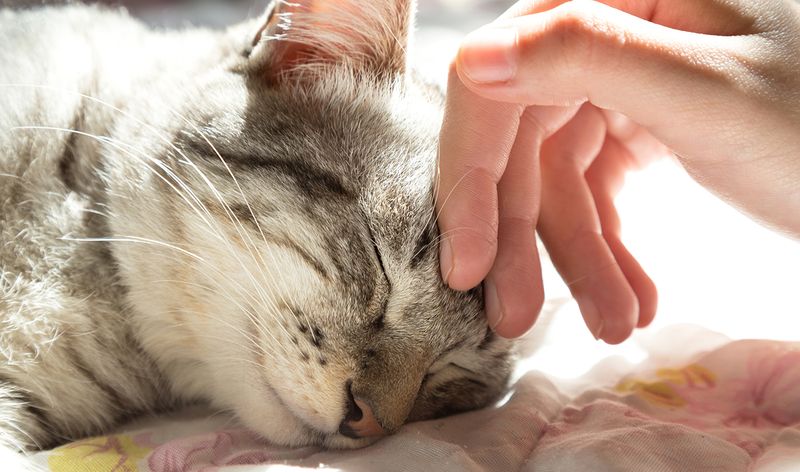📖 Table of Content:
- 1. Create a Cozy Space
- 2. Interactive Playtime
- 3. Maintain a Routine
- 4. Provide Vertical Spaces
- 5. Use Calming Products
- 6. Offer Safe Outdoor Experiences
- 7. Regular Veterinary Check-ups
- 8. Create a Quiet Environment
- 9. Introduce New Pets Gradually
- 10. Use Enrichment Toys
- 11. Practice Gentle Grooming
- 12. Monitor Diet and Hydration
- 13. Set Up a Viewing Spot
- 14. Provide Consistent Affection
- 15. Observe and Adapt to Their Needs
Cats, much like humans, experience stress, which can impact their health and happiness. Reducing stress is not only helpful but crucial for a cat’s overall well-being. Simple adjustments in their environment and daily routines can make a world of difference.
Understanding the unique needs of each cat is key to minimizing stress. Factors like noise, changes in routine, or even a lack of stimulation can cause anxiety. By recognizing the signs of stress and addressing them, owners can create a more comfortable, balanced life for their cats.
Transforming your home into a calm space for your cat can be easier than it seems. Small changes, such as providing safe spaces, engaging in interactive play, and maintaining consistency, can greatly reduce stress. These strategies will help ensure that your cat feels secure, relaxed, and content.
1. Create a Cozy Space
Giving your cat a dedicated space to relax is essential. Set up a cozy corner with a soft bed where your cat can retreat. Ensure this area is away from high traffic zones to provide peace.
Cats appreciate having their own retreat where they feel safe. Include some of their favorite toys or a scratching post. This space should be consistent to help your cat establish a routine. Over time, this cozy haven will become a go-to spot whenever your cat feels anxious or overwhelmed. Creating such an area shows your cat that they’re valued and safe.
2. Interactive Playtime
Engaging your cat in interactive play is a fantastic stress reliever. Use toys like feather wands or laser pointers to mimic hunting activities. This type of play keeps your cat physically active and mentally stimulated.
Regular play sessions can reduce anxiety and prevent behavioral issues. They offer a productive outlet for energy and help strengthen the bond between you and your cat. Allocate at least 15 minutes daily for interactive play. This routine not only benefits your cat’s health but also provides you with enjoyable moments of connection.
3. Maintain a Routine
Cats thrive on routine. Consistency in feeding times, play sessions, and even bedtime can reduce your cat’s stress. Knowing what to expect helps them feel secure in their environment.
Try to keep changes minimal and gradual. If a scheduled shift is necessary, introduce it slowly to allow your cat to adjust. This stability can lead to a happier, more content feline. A well-maintained routine signals to your cat that their needs are prioritized, reinforcing a sense of trust and comfort in their daily life.
4. Provide Vertical Spaces
Climbing and observing from above are essential behaviors for cats. By providing vertical spaces like shelves or cat trees, you give them the freedom to explore and rest in high places. These areas encourage both physical activity and mental engagement, giving your cat a peaceful perch to relax and survey their environment.
By offering these elevated options, you encourage natural behavior and create a stimulating environment. Cats feel empowered and less stressed when they have their own “kingdom” to oversee.
5. Use Calming Products
Calming products, like pheromone diffusers or sprays, can help soothe a stressed cat. These products mimic natural pheromones, promoting a sense of security and comfort. They’re especially useful in multi-cat households or during stressful events like moving. Apply them in areas where your cat spends the most time.
While these products aren’t a substitute for environmental changes, they can be a helpful addition. Always consult with your vet before introducing new products to ensure they’re safe and suitable for your cat.
6. Offer Safe Outdoor Experiences
If safe, let your cat experience the outdoors. Supervised outings or secure catios provide fresh air and stimulation. Ensure the area is free from potential dangers and that your cat is comfortable.
Using a harness and leash can allow your cat to explore safely. These outings can reduce boredom and promote happiness. Gradually introduce your cat to the outdoors to prevent overwhelming them. The sights, sounds, and smells of nature offer a rich sensory experience, enhancing their mental and emotional health.
7. Regular Veterinary Check-ups
Routine vet visits are crucial for maintaining your cat’s health and reducing stress. Regular check-ups can catch health issues early, preventing discomfort and anxiety.
A healthy cat is a happy cat. Make vet visits a positive experience by using a comfortable carrier and offering treats. Discuss any behavioral changes with your vet to address potential stressors. Early intervention ensures that both physical and emotional needs are met, contributing to a more contented life.
8. Create a Quiet Environment
Cats are sensitive to noise and chaos. Creating a quiet, calm environment can significantly reduce stress levels. Keep loud sounds and sudden disruptions to a minimum.
Consider setting up a quiet room where your cat can retreat during busy times. Use soft music or white noise to mask unsettling sounds. By maintaining a tranquil atmosphere, you provide a sanctuary where your cat can relax. This peaceful setting nurtures their well-being and helps them feel safe and secure.
9. Introduce New Pets Gradually
Bringing a new pet into the home can be stressful for cats. Gradual introductions help make the process smoother. Start with short, supervised sessions and reward your cat for calm behavior with treats. Keep the new pet separated at first, allowing them to get used to each other’s scent through bedding or toys. As they grow more comfortable, increase the interactions slowly.
Patience is key. Respect your cat’s comfort level and adjust the pace accordingly. A well-managed introduction can lead to harmonious relationships and a less stressful environment for everyone.
10. Use Enrichment Toys
Keep your cat mentally engaged with enrichment toys that challenge their mind. Puzzle feeders or treat-dispensing toys promote problem-solving while keeping your cat entertained. These toys also alleviate stress by simulating natural hunting behaviors, providing indoor cats with essential mental stimulation.
Rotate toys regularly to maintain your cat’s interest. By offering diverse enrichment options, you support their cognitive health and make your home a more exciting place to explore.
11. Practice Gentle Grooming
Regular grooming sessions not only keep your cat’s coat healthy but also provide bonding time. Use a gentle brush suited to your cat’s fur type.
Grooming can be soothing and helps reduce shedding, which may otherwise cause stress due to hairballs. Always be gentle and observe your cat’s reactions. If your cat enjoys grooming, these sessions can become a cherished routine. They offer comfort and reassurance, strengthening your connection and enhancing your cat’s overall well-being.
12. Monitor Diet and Hydration
Proper nutrition and hydration are vital for your cat’s health. Ensure their diet is balanced and rich in necessary nutrients. Fresh water should always be available, and using a cat fountain can encourage drinking. Monitor their eating and drinking habits for any changes.
Consult with your vet to tailor a diet specific to your cat’s needs. A well-fed cat is less likely to experience stress-related health issues, contributing to a happier life.
13. Set Up a Viewing Spot
A window viewing spot can be a cat’s favorite place to relax. By setting up a comfortable perch near the window, your cat can watch the world go by while staying safe indoors. This designated area offers both entertainment and relaxation for your feline friend.
The visual stimulation from birds, people, or passing cars can entertain your cat and prevent boredom. It’s a simple way to enrich their environment and reduce stress.
14. Provide Consistent Affection
Showing care helps build a stronger connection with your cat. Regular petting not only makes them feel loved but also provides comfort and reassurance. Each cat is unique, so be sure to observe their behavior to understand whether they prefer cuddles or sitting by your side.
Consistent, positive interactions build trust and help your cat feel more comfortable and secure in their environment. This contributes to a happier, more relaxed feline friend.
15. Observe and Adapt to Their Needs
Being attentive to your cat’s behavior helps you understand their needs better. Notice changes in eating, sleeping, or social habits. Adapting your approach based on these observations can mitigate stress. If your cat seems anxious, try to identify potential causes.
This proactive approach ensures that your cat feels understood and cared for. It’s not just about providing a safe space but also about being an empathetic companion. This attentiveness fosters a trusting and loving relationship.
